Best Social Media Marketing Practices for Facebook
What comes to mind when you hear the term ‘digital marketing’? Odds are, you think of social media. While this is by no means the only form of digital marketing, it is certainly one of the easiest ways to grow your audience. With over 93% of the world’s 4.8 billion internet users on social media, this is a high-traffic channel to say the least.
That said, social media a channel with many different avenues, each with their own algorithms, audience types, interaction behaviors, and corresponding best practices.
Facebook has long ruled as the number one most popular social media platform, but in the past year Instagram just barely surpassed it. While Facebook is now the number two, it’s still wildly successful and a great platform for marketing. So, let’s jump right in with best practices for marketing on Facebook.
Content Guidelines:
Keep captions to a minimum
Studies indicate that a caption of about 50 characters is ideal for Facebook. That’s way below the allotted amount, but there’s plenty of evidence to suggest that posts with fewer characters perform better. Keep in mind that this does include hashtags as well.
Utilize video content
The Facebook algorithm has started to favor video content, so be sure to incorporate some of this into your strategy. However, Facebook wants to keep users in the app, so avoid posting links to external content, because that doesn’t get as much favoritism.
Don’t use too many hashtags
Unlike some other platforms (like Instagram), Facebook posts perform better with less hashtags. While there’s some debate around the exact number of hashtags you should use, the majority of studies agree that less is best. Somewhere between 1-5 carefully selected hashtags should be the goal.
Encourage engagement by asking questions
Having an actively engaged audience is a great way to measure your social marketing success! You can help inspire people to like, comment, and share by asking interesting questions and mentioning that you’re curious to hear people’s thoughts.
Utilize stories
Facebook stories are a great way to grab your audience’s attention, without clogging up their feed. Since video content is so popular right now, stories are a great place to put that dynamic content. Keep in mind that most users tend to view videos with the sound off, so add subtitles to any video that has important dialogue.
Engagement
Answering FAQs
Having a good customer service reputation goes a long way for any business. That means answering questions in a timely manner, even when you’re not really online. Facebook messenger has a feature that allows you to set up instant replies that go out automatically in response to frequently asked questions.
Responding to comments
Responding to comments and questions helps show that you genuinely care about every customer and what they have to say. Plus it lets them know that you appreciate their support, which encourages them to keep it up! Make sure you stay consistent with your brand’s tone of voice, while also being warm and genuine.
Engage with related content
By commenting on posts from other accounts that your target audience might follow, you’re expanding the reach of your brand. When your potential customers come across one of these posts, and see your brand in the comments section, they might be inclined to click on your page.
Optimal Posting Practices:
Day of week: Tuesdays and Thursdays
You may be wondering if optimal posting times is a real thing that has an actual impact, and the answer is yes. Since the platform’s algorithm does give the most visibility to content that is posted when users are online, it’s best to try to time your posts accordingly. That said, these days and times do vary per audience so you may want to look at your own audience’s data.
Time of day: 8am and 12pm
The above info also applies here. These times represent when the largest amount of people tend to be on Facebook.
Post frequency: 2-5 times per week
Posting regularly helps keep your content on people’s feeds and your company on their minds. That said, posting too much might make your content start to feel like spam.
Maintain consistency
Facebook rewards posts that go out in a regular cadence, providing extra reach to those accounts that post consistently. Develop a content calendar and consider relying on a scheduling platform such as Sendible or SmarterQueue.
Paid Ads Strategy:
Audience targeting
Facebook ads are quite effective due to their highly targeted nature. This platform allows you to define specific parameters of your target audience so that your ads are being seen by exactly the right eyes. Plus, you’re able to segment your audience if you have multiple different sectors that you’re trying to reach.
Goal setting
When running paid ads, and when executing any marketing strategy really, you first need to understand your goals. Are you trying to simply spread awareness, or are you aiming to make conversions? The answer to that question should impact the actual content you plan to use. Facebook provides three different ad-types, including video, story, and carousel. Currently, video seems to be the most popular type of content among Facebook users.
Lean into your CTA
Having a clear call to action is a must when running ads, no matter the platform. It’s usually a good idea to put your CTA in the actual design, and not only in the caption.
Whatever your strategy, whatever the platform, data analytics is a key component. You’re ultimately operating blind if you’re posting, engaging, and running ads without regularly checking up on the progress. While you can gain some insights in the app itself, it’s probably a good idea to connect a third-party platform such as Whatagraph.

